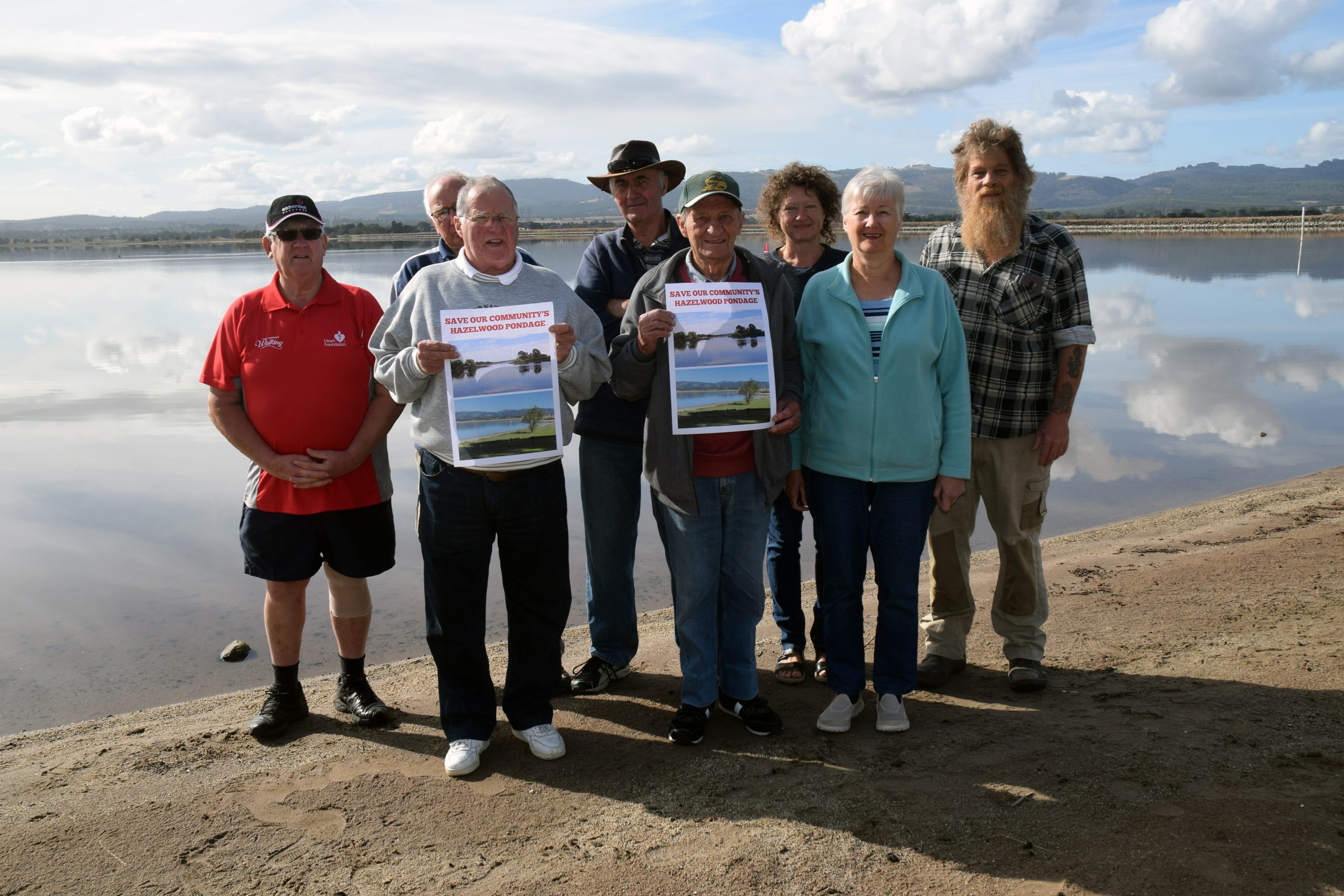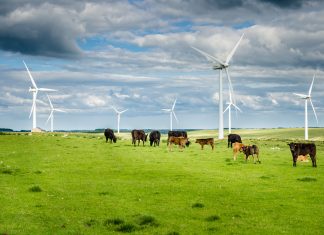STRONG population growth has been forecast for the Latrobe Valley over the next 20 years, according to a State Government report just released.
‘Victoria in Future 2012’ updated Victoria’s official population and household projects and, although projection statistics for Latrobe are not expected to be released until later this week, it named Latrobe as a region set to experience strong growth.
State Planning Minister Matthew Guy said growth projections indicated the “role and function of Victoria’s regions and the relationship of cities, towns and communities across our state is of increasing importance”.
Latrobe City Council has, in past weeks, said it was preparing for expected population growth, in part by planning for residential expansion.
According to the report, overseas migration is expected to be the largest driver of Victoria’s population growth over the next 40 years.
It also said the projections were “estimates of future populations if current demographic, economic and social trends continue”.
Growth forecasts for Latrobe contrast significantly with figures on past activity which helped inform the report.
Census data from 2001 to 2006 showed Latrobe had experienced an average annual change of -0.4 per cent, indicating a population decline.
Specific town figures for the same period showed Moe’s average annual change was -0.2 per cent, Morwell’s was -0.5 per cent and Churchill’s was -1.4 per cent while Traralgon’s was 1.8 per cent.
Traralgon’s population grew by nine per cent between 2001 and 2006, to top 20,000 for the first time, the data showed.
The same data showed Moe’s population had declined by seven per cent between 1991 and 1996 indicating high “out-migration” after the privatisation of the State Electricity Commission Victoria.
Churchill’s population had declined by one-third since 1986, particularly for persons aged under 45 years, and while Morwell’s population had been declining since 1981, the drop was “particularly dramatic” between 1991 and 1996 (10 per cent) as was the loss of employment in the electricity, gas, water and waste services industry (80 per cent).
‘Victoria in Future 2012’ also drew on a 2011 Department of Planning and Community Development report ‘Change and disadvantage in the Gippsland region, Victoria’ which showed all of the Valley’s largest towns scored under the regional Victorian average Index of Relative Socio-economic Disadvantage (SEIFA).
The report said “Latrobe contains four large, one mid-sized and two small towns that score below the regional Victorian average on the SEIFA” index.
Almost half of the town’s populations had low incomes while all the larger towns had higher than average public housing, the report said.
The regional Victorian SEIFA average was reported as 986 and Morwell and Moe-Yallourn had a SEIFA rating of 865 and 894 respectively while Churchill’s was 950 and Traralgon’s was close to the average, at 984. Yallourn North’s figure was 924.
The same report showed 48.5 per cent of Morwell residents had an individual income of under $400 per week, as did 48.1 per cent of Moe-Yallourn residents, 43.2 per cent of Churchill’s population, 36 per cent of Traralgon’s and 47.4 per cent of Yallourn North’s.
Maps provided in that report revealed widespread pockets of the Valley ranked among the most disadvantaged in the state.
In releasing ‘Victoria in Future 2012’ Mr Guy said a major component of the government’s long-term plan to manage growth and change was the “delivery of new affordable homes, infrastructure and conditions that encourage jobs, businesses and attract investment.”










